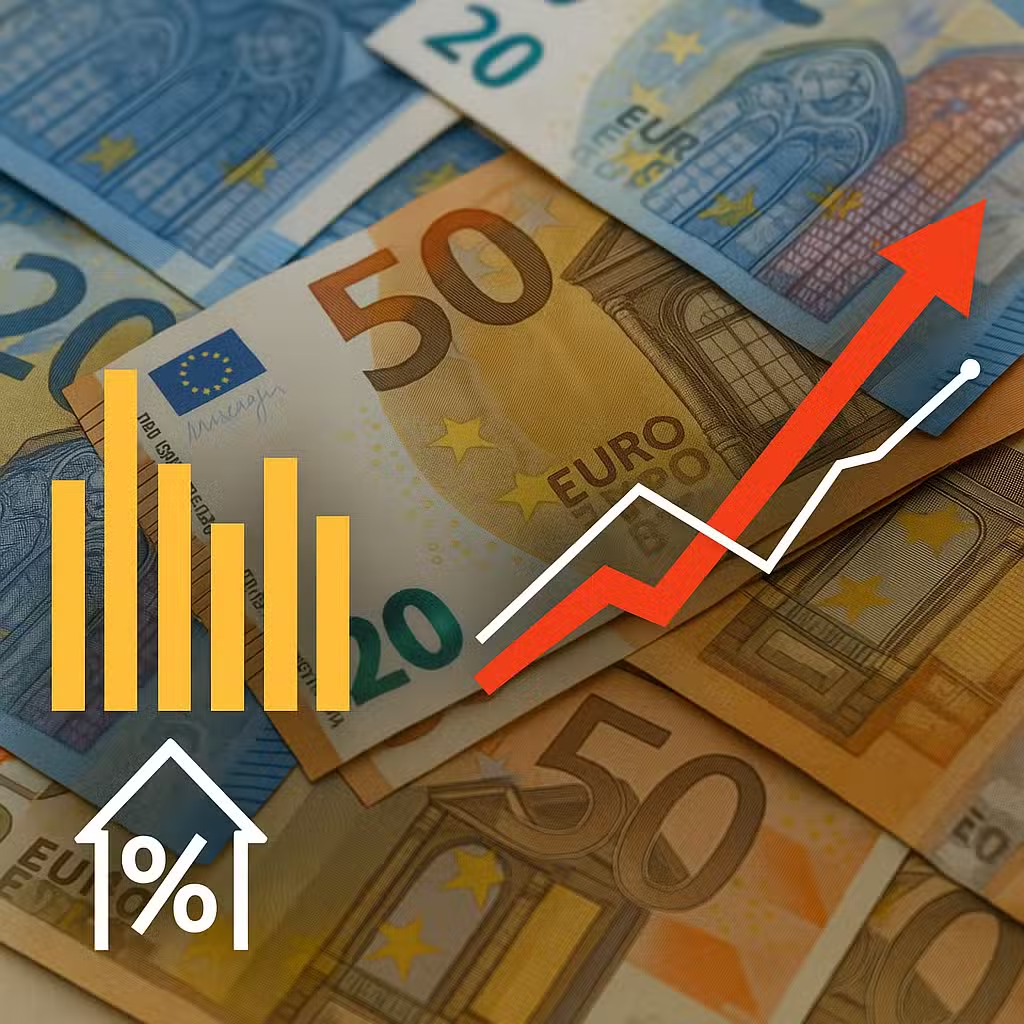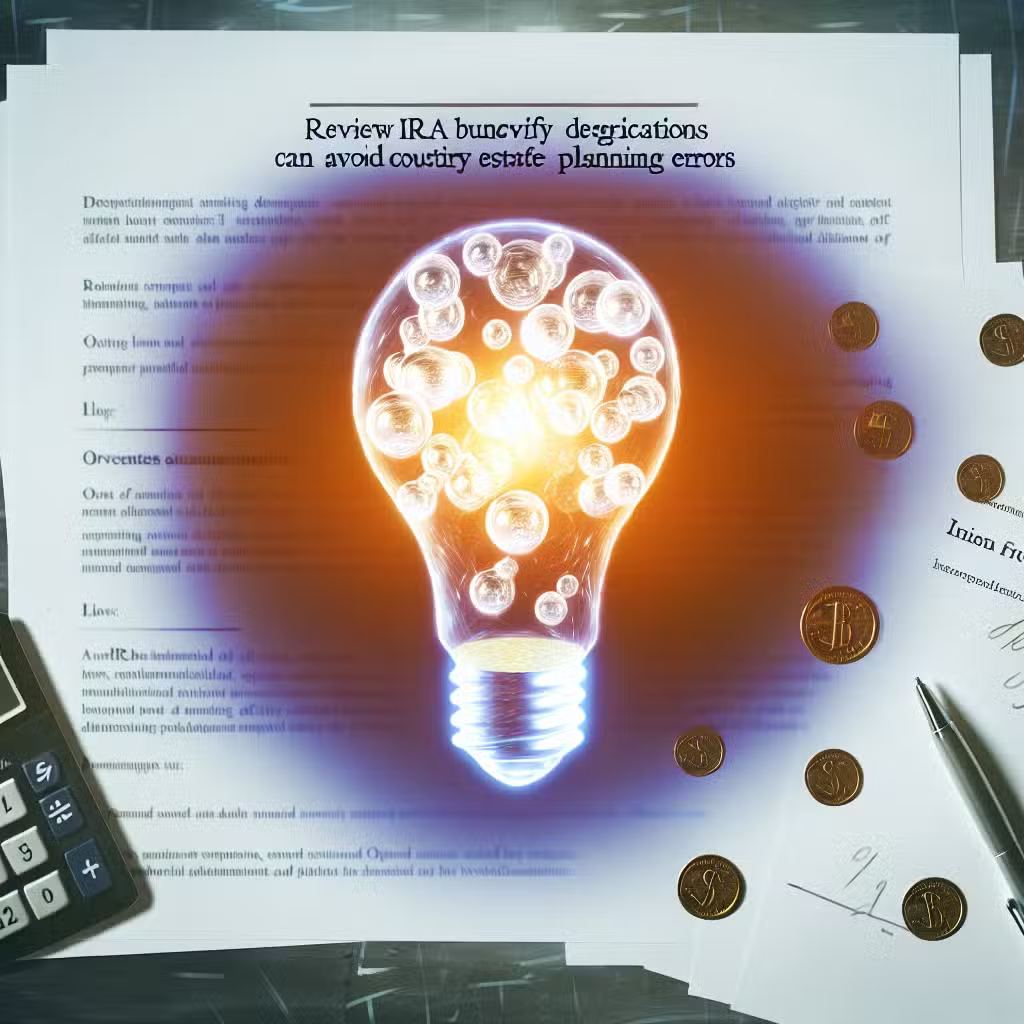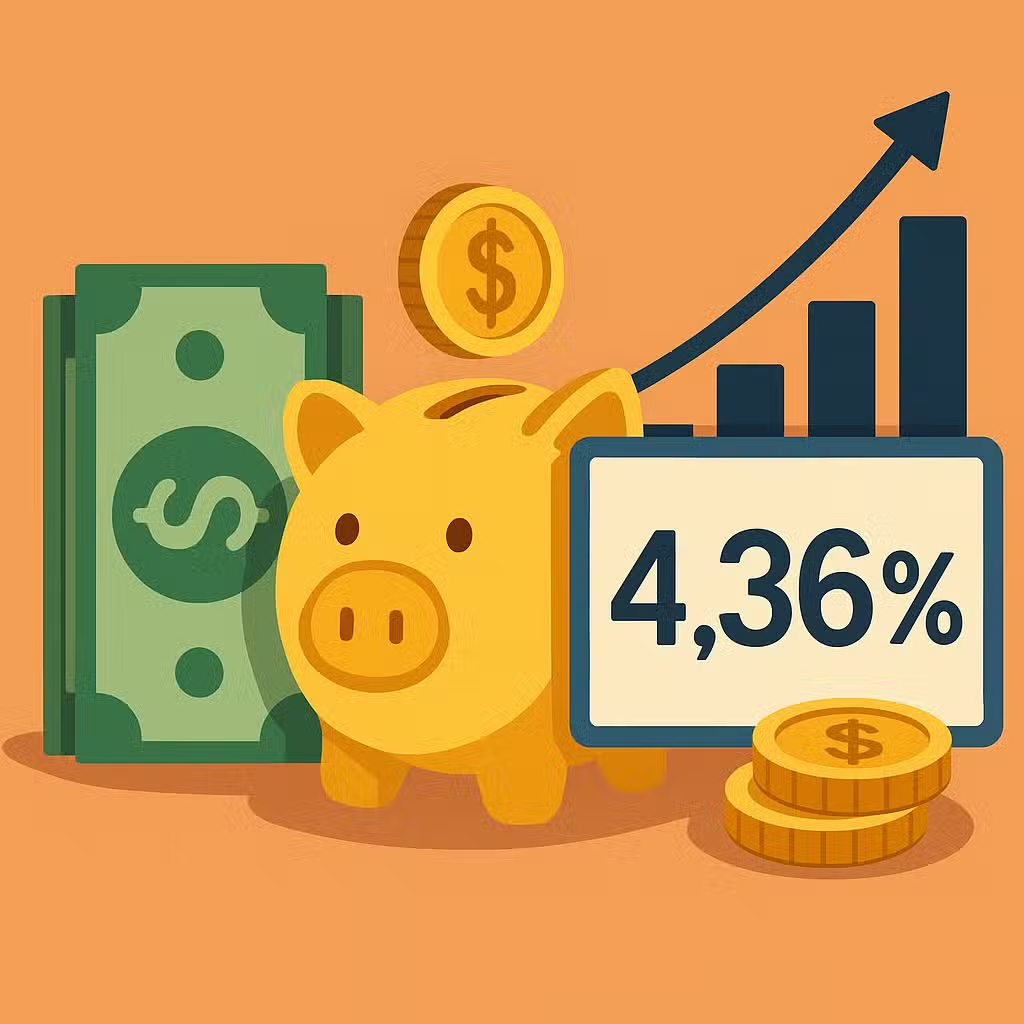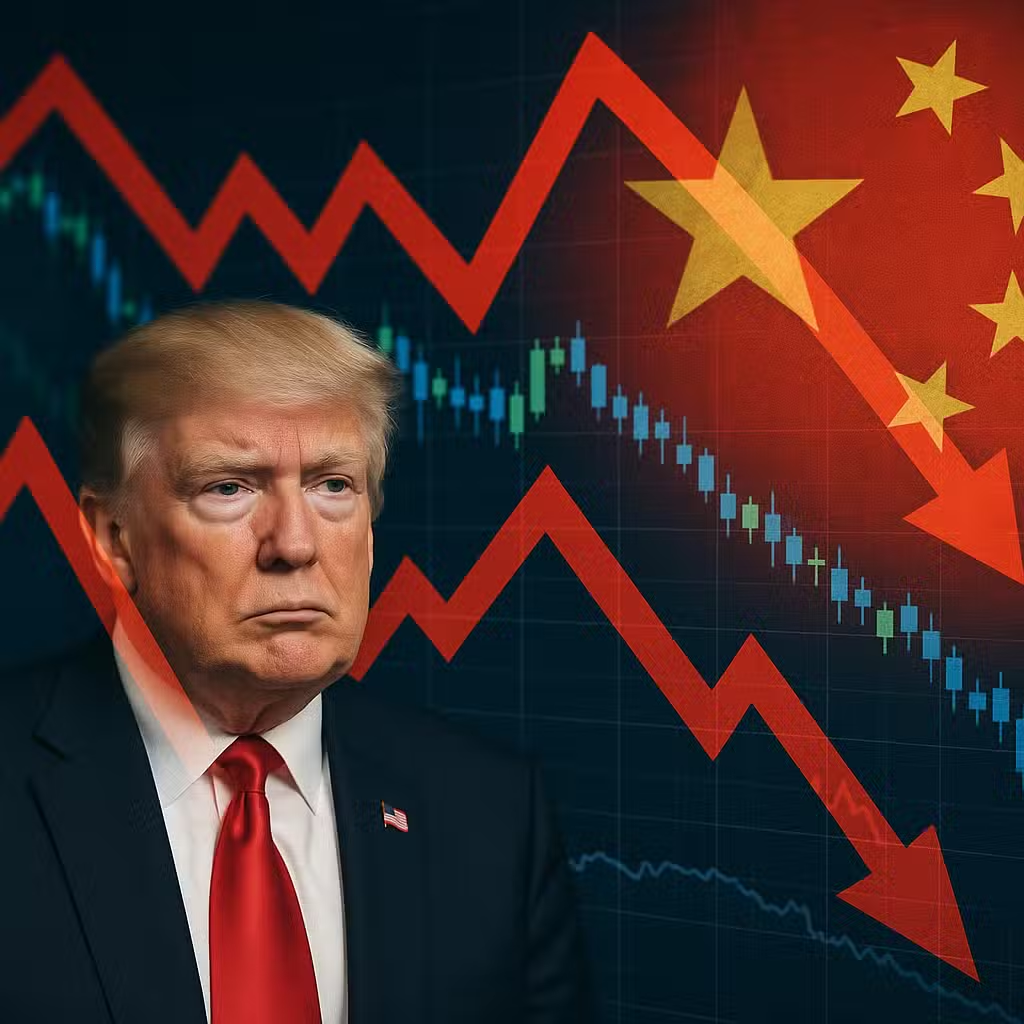Eurozone Inflation Steadies, but Rising Long-Term Yields Signal Caution for Investors
Imagine if you’re planning a family vacation, but the weather keeps changing—should you pack for sun or rain? That’s how central banks feel when deciding whether to change interest rates. These choices affect everyone, especially investors.
Why Investors Should Care About Rate Changes
Interest rates set by big banks like the European Central Bank (ECB) are like the thermostat for the economy. When rates go up or down, it can change how much things cost, how strong the euro is, and how well businesses do. This all impacts your investments, from stocks to bonds and even which countries look attractive to invest in.
The Bullish Case: Reasons for Optimism
- ECB is Patient: The ECB isn’t likely to cut rates again this year, but they’re leaving the door open if things change.
- Euro Strength: The euro has gotten 13% stronger against the US dollar this year. This can make European assets look safer to global investors.
- US Uncertainty Helps Europe: With the US sending mixed signals on trade and spending, some investors are choosing the euro instead of the dollar.
- Inflation in Control: If inflation stays low, people and businesses can better plan their spending and saving.
The Bearish Case: Reasons for Caution
- Too Strong Euro: If the euro goes much higher—say, above $1.20—it could hurt European companies that sell things overseas because their goods become more expensive.
- Risk of Deflation: A very strong euro can make prices fall (deflation), which sounds good but can actually slow down the economy.
- Pressure from the US: If the US keeps lowering its rates, the ECB might have to follow so the euro doesn’t get too strong. This could make European investments less rewarding.
- Slower Growth: If Europe’s economy doesn’t grow fast enough, that’s bad news for stocks and jobs.
What History and Data Tell Us
According to the European Central Bank, past rate changes have had big impacts. For example, when the ECB cut rates in 2016, European stocks rose about 8% over the next year, but the euro weakened, helping exporters (ECB Economic Bulletin).
This year’s 13% euro gain is the biggest jump since 2017, when a similar rise made European exports more expensive and slowed the region’s growth. It’s a reminder that currency swings can shake up markets fast.
Investor Takeaway
- Watch the Euro-Dollar Exchange Rate: If the euro climbs above $1.20, expect more talk about rate cuts or other action from the ECB.
- Balance Your Portfolio: Consider both European and US assets, since exchange rates and rate changes can shift returns quickly.
- Stay Informed on Central Bank Moves: Both the ECB and the US Fed can surprise markets—check their decisions regularly.
- Look for Opportunities in Exporters: If the euro weakens again, European companies selling overseas could benefit.
- Don’t Ignore Inflation Trends: Lower inflation can be good, but too low can signal trouble—keep an eye on those numbers.
For the full original report, see FX Empire







